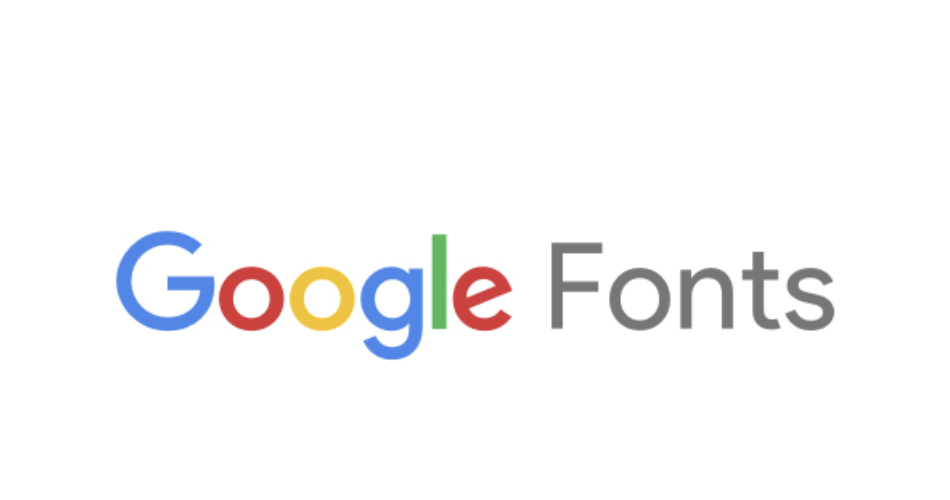Typography, which involves the artful arrangement of type for effective communication, remains integral in digital content. Google Fonts, a free, open-source library launched by Google in 2010, has played a pivotal role in reshaping this field. In this article, we delve into the history of Fonts, its features, its impact on web design, and its ongoing relevance.

Google Fonts
I. A Brief History of Google Fonts
Google Fonts, initially known as Google Web Fonts, made its debut in May 2010, with the mission of providing web developers and designers access to high-quality typography. Prior to its arrival, web typography predominantly relied on “web-safe” fonts due to the sluggish loading times and licensing expenses associated with custom fonts. Fonts aimed to transform this landscape by offering a diverse collection of open-source fonts that could be effortlessly integrated into websites.
II. Features of Google Fonts
- Free and Open-Source: Google Fonts is not only free but also open-source, making it an enticing choice for budget-conscious designers. All fonts within the library are open-source, allowing for unrestricted use, modification, and redistribution without any associated costs.
- Variety and Diversity: The library boasts an extensive array of fonts, ranging from classical serifs to contemporary sans-serifs, and includes scripts for non-Latin languages, facilitating global typography needs.
- Web Performance: Google Fonts is dedicated to enhancing web performance by optimizing font for faster loading. Users have the option to select specific font weights and styles, reducing unnecessary overhead.
- Ease of Integration: Integration is remarkably straightforward, requiring only a simple line of code in HTML or CSS. This simplicity has made it a favored choice for web designers and developers alike.
- Typography Pairing: Google Fonts not only provides an extensive selection but also offers recommendations for font pairings. This aids designers in creating harmonious combinations that not only enhance readability but also elevate aesthetics.
III. Impact on Web Design
The profound influence of Fonts on web design and user experience is readily evident:
- Improved Aesthetics: Designers now enjoy unparalleled creative freedom, thanks to the wide range of high-quality fonts available at no cost. This has resulted in websites that are not only visually appealing but also distinctive.
- Enhanced Readability: Typography’s emphasis on legibility and readability has significantly enriched user experiences, particularly on content-intensive websites and blogs.
- Accessibility: The library’s support for multiple languages and scripts has fostered inclusivity and improved overall accessibility.
- Performance Optimization: Rigorous efforts towards efficient font loading have resulted in faster-loading websites, which, in turn, contribute to reduced bounce rates and improved SEO rankings.
- Consistency: Familiarity with Fonts has engendered a consistent user experience across diverse websites, cultivating trust and bolstering brand recognition.
IV. Challenges and Criticisms
However, it’s important to acknowledge the challenges and criticisms faced by Google Fonts:
- Privacy Concerns: Google Fonts’ reliance on Google’s servers has raised privacy concerns, as it may lead to the transmission of user data.
- Limited Customization: Some designers have noted limitations in customization options when compared to paid font services.
- Performance Optimization: Despite dedicated optimization efforts, improper implementation or excessive font usage can still result in slower load times.
V. The Future of Google Fonts
As of my last update in September 2021, Google Fonts continues to evolve under Google’s stewardship, serving as a valuable resource for web designers and developers. Its future is likely to encompass additional font additions, refined performance optimizations, and enhanced accessibility features.
Conclusion
In conclusion, Google Fonts has revolutionized web typography by offering unrestricted access to open-source fonts. Its profound impact on web design, accessibility, and user experience is undeniable. As it adapts to the ever-changing digital landscape, Fonts is poised to remain a cornerstone of web design, empowering designers and developers to craft visually stunning and user-friendly websites.
